Please Sign in or Register now to manage lightbox and cart
Lightboxes - How to use them
A Lightbox is a virtual table where you can collect and view images of interest.
Collect the files you like from any search results page or file close-up page by clicking the 'Add to your Lightbox' icon.
To open and view your selection, click the Lightbox link on the top navigation menu. You can have more than one lightbox if you're working on different projects.
You can email a Lightbox to friends and colleagues for review and discussion before purchase; they will receive an email with a link to the Lightbox that you created.
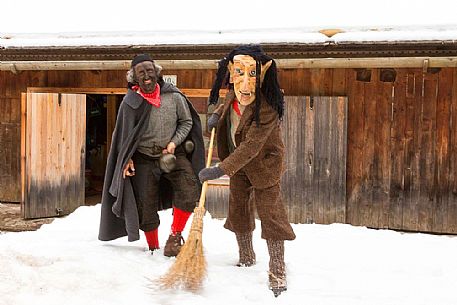
photographer: Luciano Gaudenzio
Some moments of Sauris Carnival with the most important masks: the Rölar and Kheirar. Sauris di Sotto.
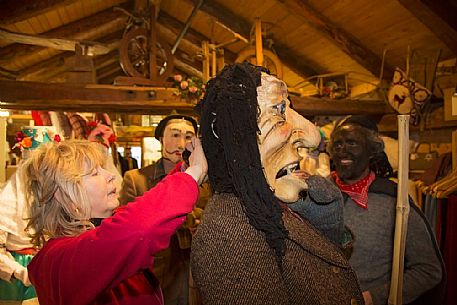
photographer: Luciano Gaudenzio
In the century-old weaving Sauris completes the dressing of the most important masks of the carnival of Sauris: the Rölar and Kheirar. Sauris di Sotto
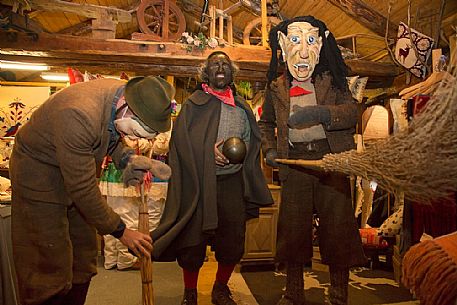
photographer: Luciano Gaudenzio
In the century-old weaving Sauris completes the dressing of the most important masks of the carnival of Sauris: the Rölar and Kheirar. Sauris di Sotto
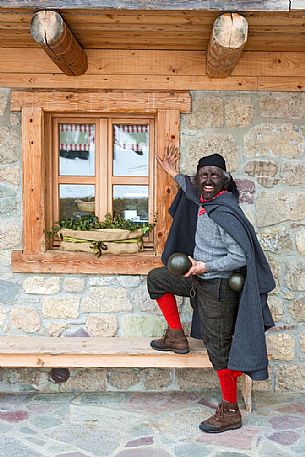
photographer: Luciano Gaudenzio
The Rölar, the most important mask of the carnival of Sauris, Sauris
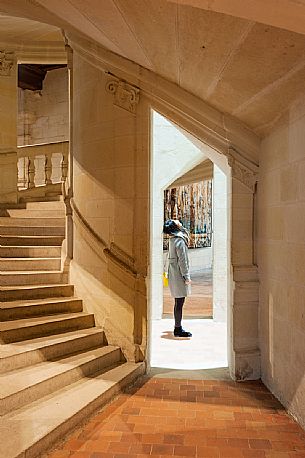
photographer: Marco Faliero
The Chateau de Chambord is the greatest of the castles in the Loire Valley. It is one of the most important castles in the french Renaissance too, as it is supposed to have been designed by Leonardo da Vinci. It is famous its double helical ramp. It is surrounded by a great natural area too.
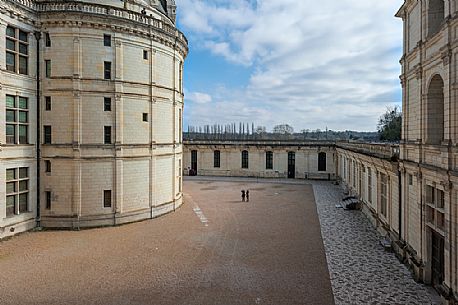
photographer: Marco Faliero
The Chateau de Chambord is the greatest of the castles in the Loire Valley. It is one of the most important castles in the french Renaissance too, as it is supposed to have been designed by Leonardo da Vinci. It is famous its double helical ramp. It is surrounded by a great natural area too.
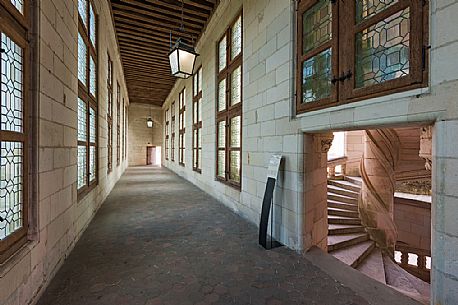
photographer: Marco Faliero
The Chateau de Chambord is the greatest of the castles in the Loire Valley. It is one of the most important castles in the french Renaissance too, as it is supposed to have been designed by Leonardo da Vinci. It is famous its double helical ramp. It is surrounded by a great natural area too.
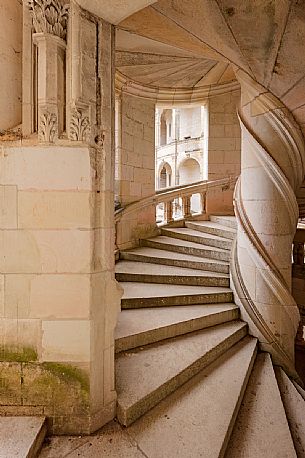
photographer: Marco Faliero
The Chateau de Chambord is the greatest of the castles in the Loire Valley. It is one of the most important castles in the french Renaissance too, as it is supposed to have been designed by Leonardo da Vinci. It is famous its double helical ramp. It is surrounded by a great natural area too.
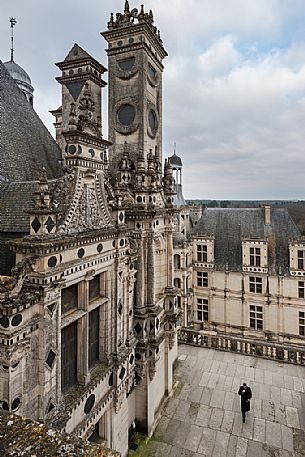
photographer: Marco Faliero
The Chateau de Chambord is the greatest of the castles in the Loire Valley. It is one of the most important castles in the french Renaissance too, as it is supposed to have been designed by Leonardo da Vinci. It is famous its double helical ramp. It is surrounded by a great natural area too.
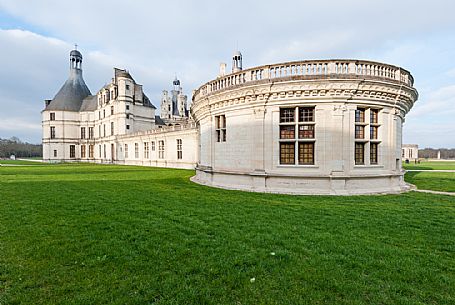
photographer: Marco Faliero
The Chateau de Chambord is the greatest of the castles in the Loire Valley. It is one of the most important castles in the french Renaissance too, as it is supposed to have been designed by Leonardo da Vinci. It is famous its double helical ramp. It is surrounded by a great natural area too.

photographer: Marco Faliero
The Chateau de Chambord is the greatest of the castles in the Loire Valley. It is one of the most important castles in the french Renaissance too, as it is supposed to have been designed by Leonardo da Vinci. It is famous its double helical ramp. It is surrounded by a great natural area too.
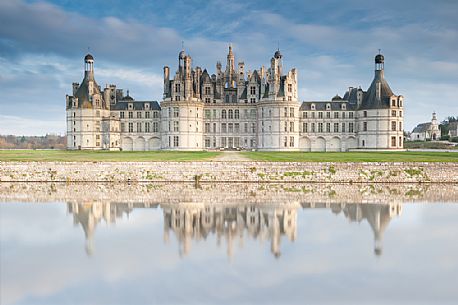
photographer: Marco Faliero
The Chateau de Chambord is the greatest of the castles in the Loire Valley. It is one of the most important castles in the french Renaissance too, as it is supposed to have been designed by Leonardo da Vinci. It is famous its double helical ramp. It is surrounded by a great natural area too.

photographer: Marco Faliero
The Chateau de Chambord is the greatest of the castles in the Loire Valley. It is one of the most important castles in the french Renaissance too, as it is supposed to have been designed by Leonardo da Vinci. It is famous its double helical ramp. It is surrounded by a great natural area too.
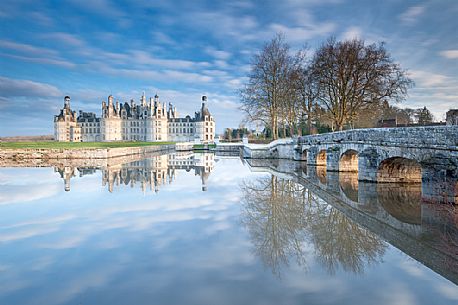
photographer: Marco Faliero
The Chateau de Chambord is the greatest of the castles in the Loire Valley. It is one of the most important castles in the french Renaissance too, as it is supposed to have been designed by Leonardo da Vinci. It is famous its double helical ramp. It is surrounded by a great natural area too.
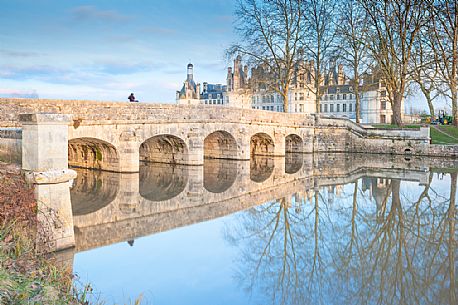
photographer: Marco Faliero
The Chateau de Chambord is the greatest of the castles in the Loire Valley. It is one of the most important castles in the french Renaissance too, as it is supposed to have been designed by Leonardo da Vinci. It is famous its double helical ramp. It is surrounded by a great natural area too.
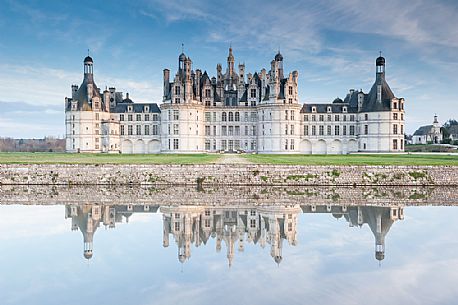
photographer: Marco Faliero
The Chateau de Chambord is the greatest of the castles in the Loire Valley. It is one of the most important castles in the french Renaissance too, as it is supposed to have been designed by Leonardo da Vinci. It is famous its double helical ramp. It is surrounded by a great natural area too.
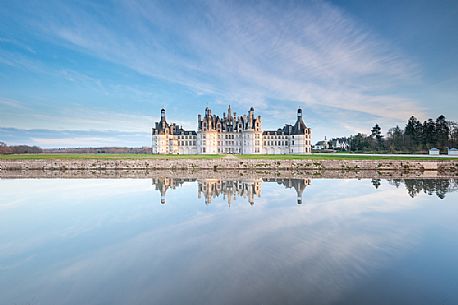
photographer: Marco Faliero
The Chateau de Chambord is the greatest of the castles in the Loire Valley. It is one of the most important castles in the french Renaissance too, as it is supposed to have been designed by Leonardo da Vinci. It is famous its double helical ramp. It is surrounded by a great natural area too.
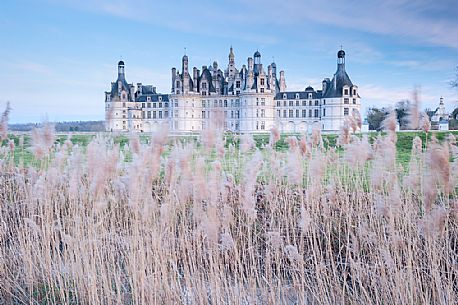
photographer: Marco Faliero
The Chateau de Chambord is the greatest of the castles in the Loire Valley. It is one of the most important castles in the french Renaissance too, as it is supposed to have been designed by Leonardo da Vinci. It is famous its double helical ramp. It is surrounded by a great natural area too.
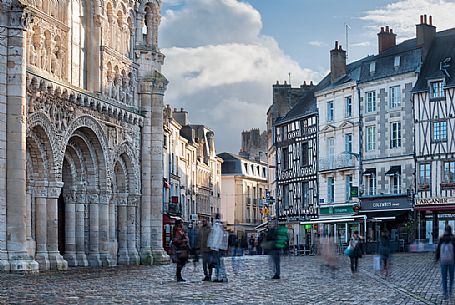
photographer: Marco Faliero
View of Notre-Dame-La-Grand, one of the most important Churches in Poitiers, with its beautiful romanesque facade on the left.
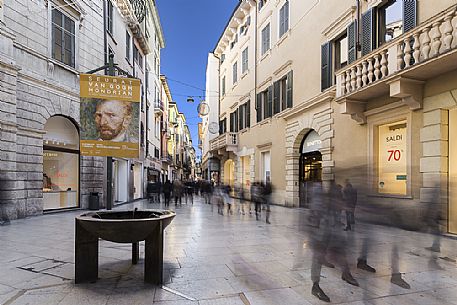
photographer: Martina Vanzo
Viale Mazzini: the most important shopping street in Verona

photographer: Marco Faliero
Piazza del Campidoglio is one of Rome's most beautiful squares, designed in the sixteenth century by Michelangelo and laid out between two summits of the Capitoline Hill, the most important of Rome's fabled seven hills.
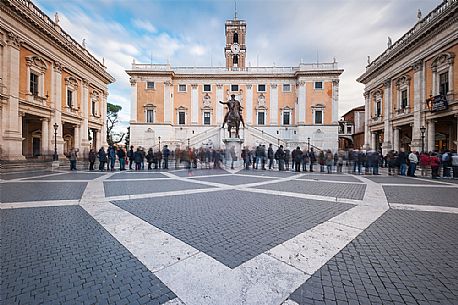
photographer: Marco Faliero
Piazza del Campidoglio is one of Rome's most beautiful squares, designed in the sixteenth century by Michelangelo and laid out between two summits of the Capitoline Hill, the most important of Rome's fabled seven hills.

photographer: Marco Faliero
Piazza del Campidoglio is one of Rome's most beautiful squares, designed in the sixteenth century by Michelangelo and laid out between two summits of the Capitoline Hill, the most important of Rome's fabled seven hills.
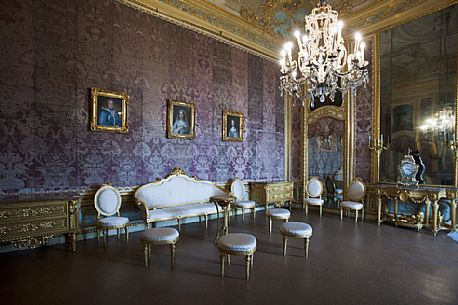
photographer: Diana Crestan
Inside room of the Savoy Residence for Hunting and Feasts of 1729. The Palazzina Hunting Residence is one of the most important monuments of Turin. It is unesco world heritage site. Palazzina di Stupinigi, Turin, Italy
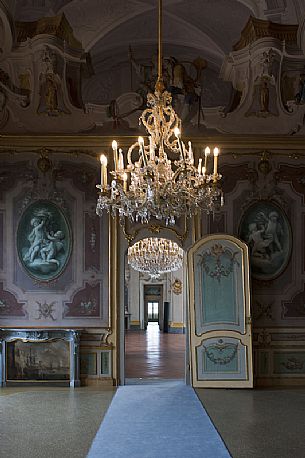
photographer: Diana Crestan
Inside room of the Savoy Residence for Hunting and Feasts of 1729. The Palazzina Hunting Residence is one of the most important monuments of Turin. It is unesco world heritage site. Palazzina di Stupinigi, Turin, Italy

photographer: Diana Crestan
Inside room of the Savoy Residence for Hunting and Feasts of 1729. The Palazzina Hunting Residence is one of the most important monuments of Turin. It is unesco world heritage site. Palazzina di Stupinigi, Turin, Italy
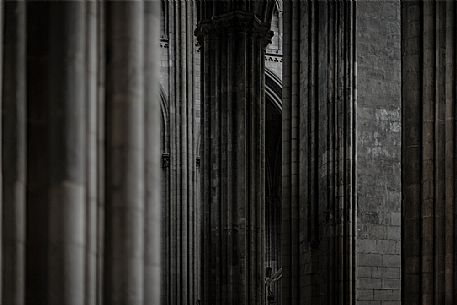
photographer: Marco Faliero
The interior of the Cathedral of Rouen recalls the dense forests of Normandy. The Rouen Cathedral is the most famous and important monument of Rouen , and one of the most beautiful Gothic churches in France.
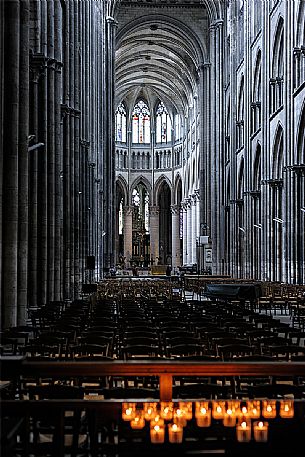
photographer: Marco Faliero
The Rouen Cathedral is the most famous and important monument of Rouen , and one of the most beautiful Gothic churches in France.

photographer: Martina Vanzo
Tea time in Saharawi refugee camps is one of the most important moment of the day
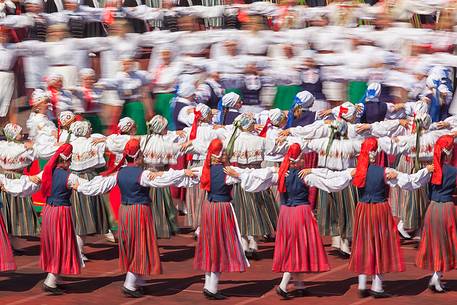
photographer: Anne Maenurm
This is the story of time manifesting itself in our ancestors’ heritage and us shaping our time through our own touches, contacts, caresses and impacts. Song and dance celebrations are an old and very important tradition for Estonia and Estonians (the first song celebration took place in 1869 and the first dance celebration in 1934) and these celebrations are nowadays held every five years. In 2003 our tradition of song and dance celebrations was entered to UNESCO’s List of Intangible Cultural Heritage.
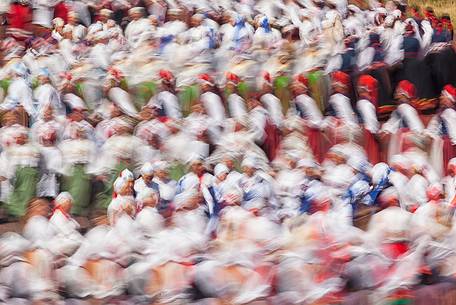
photographer: Anne Maenurm
This is the story of time manifesting itself in our ancestors’ heritage and us shaping our time through our own touches, contacts, caresses and impacts. Song and dance celebrations are an old and very important tradition for Estonia and Estonians (the first song celebration took place in 1869 and the first dance celebration in 1934) and these celebrations are nowadays held every five years. In 2003 our tradition of song and dance celebrations was entered to UNESCO’s List of Intangible Cultural Heritage.
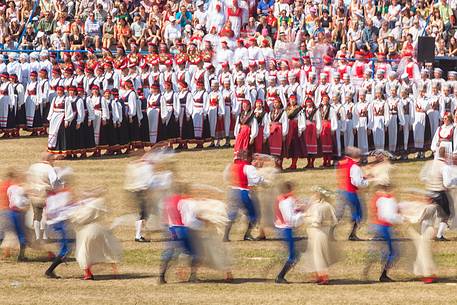
photographer: Anne Maenurm
This is the story of time manifesting itself in our ancestors’ heritage and us shaping our time through our own touches, contacts, caresses and impacts. Song and dance celebrations are an old and very important tradition for Estonia and Estonians (the first song celebration took place in 1869 and the first dance celebration in 1934) and these celebrations are nowadays held every five years. In 2003 our tradition of song and dance celebrations was entered to UNESCO’s List of Intangible Cultural Heritage.
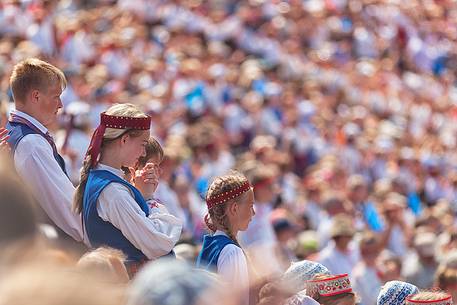
photographer: Anne Maenurm
This is the story of time manifesting itself in our ancestors’ heritage and us shaping our time through our own touches, contacts, caresses and impacts. Song and dance celebrations are an old and very important tradition for Estonia and Estonians (the first song celebration took place in 1869 and the first dance celebration in 1934) and these celebrations are nowadays held every five years. In 2003 our tradition of song and dance celebrations was entered to UNESCO’s List of Intangible Cultural Heritage.
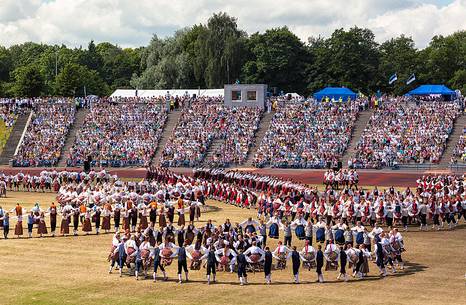
photographer: Anne Maenurm
This is the story of time manifesting itself in our ancestors’ heritage and us shaping our time through our own touches, contacts, caresses and impacts. Song and dance celebrations are an old and very important tradition for Estonia and Estonians (the first song celebration took place in 1869 and the first dance celebration in 1934) and these celebrations are nowadays held every five years. In 2003 our tradition of song and dance celebrations was entered to UNESCO’s List of Intangible Cultural Heritage.
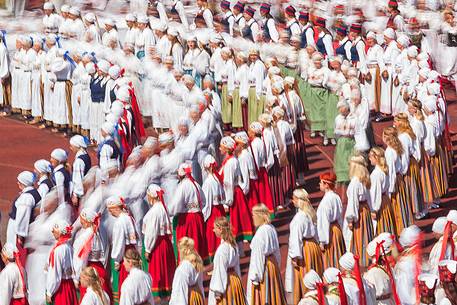
photographer: Anne Maenurm
This is the story of time manifesting itself in our ancestors’ heritage and us shaping our time through our own touches, contacts, caresses and impacts. Song and dance celebrations are an old and very important tradition for Estonia and Estonians (the first song celebration took place in 1869 and the first dance celebration in 1934) and these celebrations are nowadays held every five years. In 2003 our tradition of song and dance celebrations was entered to UNESCO’s List of Intangible Cultural Heritage.
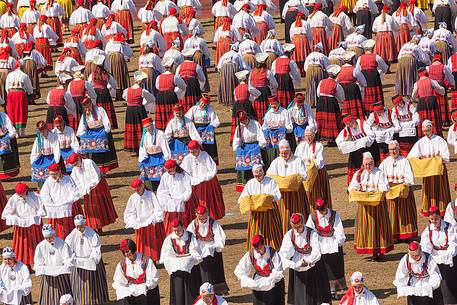
photographer: Anne Maenurm
This is the story of time manifesting itself in our ancestors’ heritage and us shaping our time through our own touches, contacts, caresses and impacts. Song and dance celebrations are an old and very important tradition for Estonia and Estonians (the first song celebration took place in 1869 and the first dance celebration in 1934) and these celebrations are nowadays held every five years. In 2003 our tradition of song and dance celebrations was entered to UNESCO’s List of Intangible Cultural Heritage.
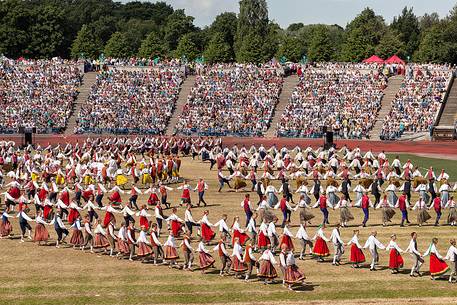
photographer: Anne Maenurm
This is the story of time manifesting itself in our ancestors’ heritage and us shaping our time through our own touches, contacts, caresses and impacts. Song and dance celebrations are an old and very important tradition for Estonia and Estonians (the first song celebration took place in 1869 and the first dance celebration in 1934) and these celebrations are nowadays held every five years. In 2003 our tradition of song and dance celebrations was entered to UNESCO’s List of Intangible Cultural Heritage.
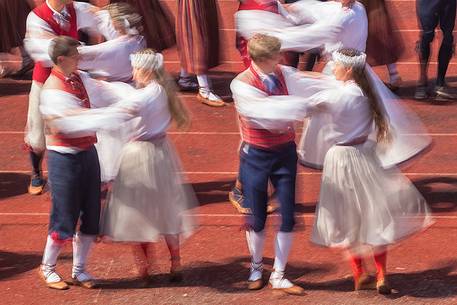
photographer: Anne Maenurm
This is the story of time manifesting itself in our ancestors’ heritage and us shaping our time through our own touches, contacts, caresses and impacts. Song and dance celebrations are an old and very important tradition for Estonia and Estonians (the first song celebration took place in 1869 and the first dance celebration in 1934) and these celebrations are nowadays held every five years. In 2003 our tradition of song and dance celebrations was entered to UNESCO’s List of Intangible Cultural Heritage.
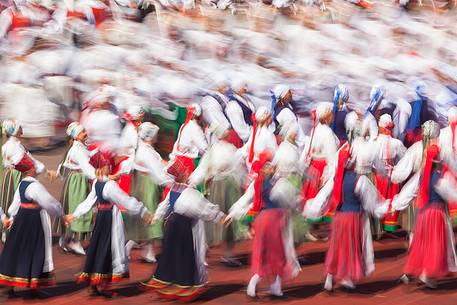
photographer: Anne Maenurm
This is the story of time manifesting itself in our ancestors’ heritage and us shaping our time through our own touches, contacts, caresses and impacts. Song and dance celebrations are an old and very important tradition for Estonia and Estonians (the first song celebration took place in 1869 and the first dance celebration in 1934) and these celebrations are nowadays held every five years. In 2003 our tradition of song and dance celebrations was entered to UNESCO’s List of Intangible Cultural Heritage.
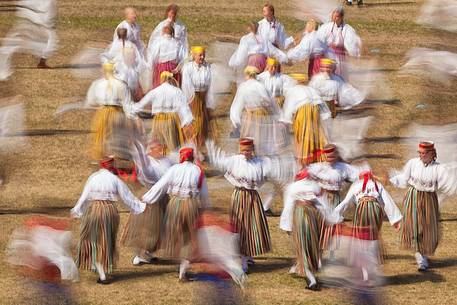
photographer: Anne Maenurm
This is the story of time manifesting itself in our ancestors’ heritage and us shaping our time through our own touches, contacts, caresses and impacts. Song and dance celebrations are an old and very important tradition for Estonia and Estonians (the first song celebration took place in 1869 and the first dance celebration in 1934) and these celebrations are nowadays held every five years. In 2003 our tradition of song and dance celebrations was entered to UNESCO’s List of Intangible Cultural Heritage.
